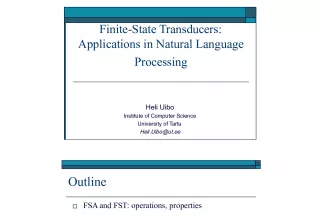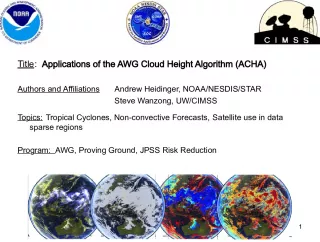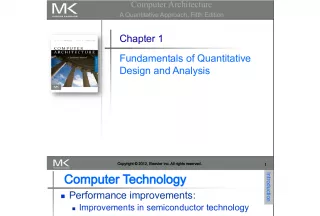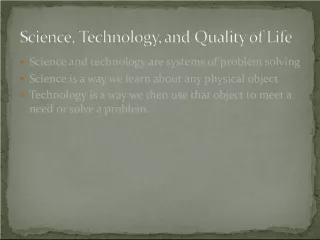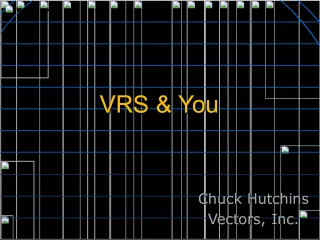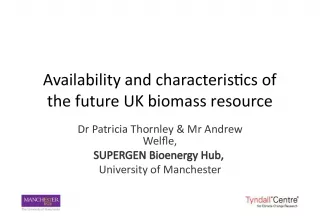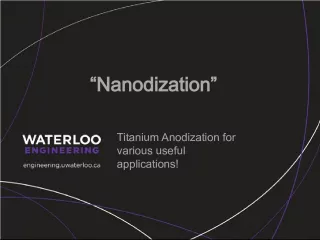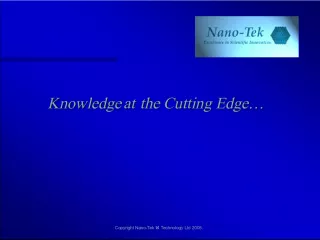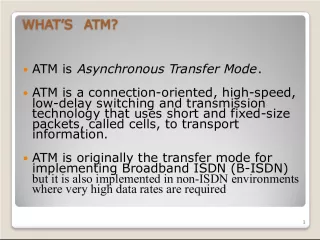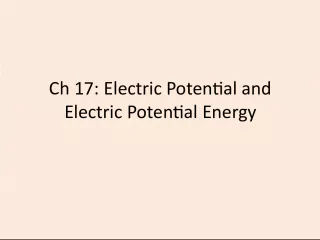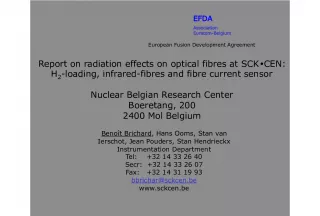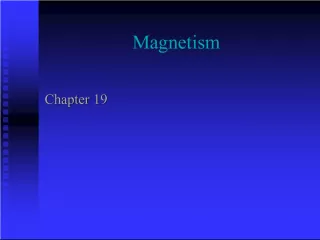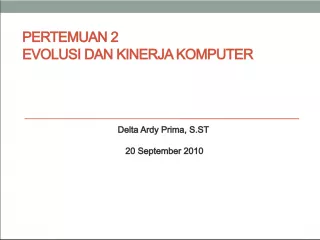Potential Applications of Nanogenerator Technology
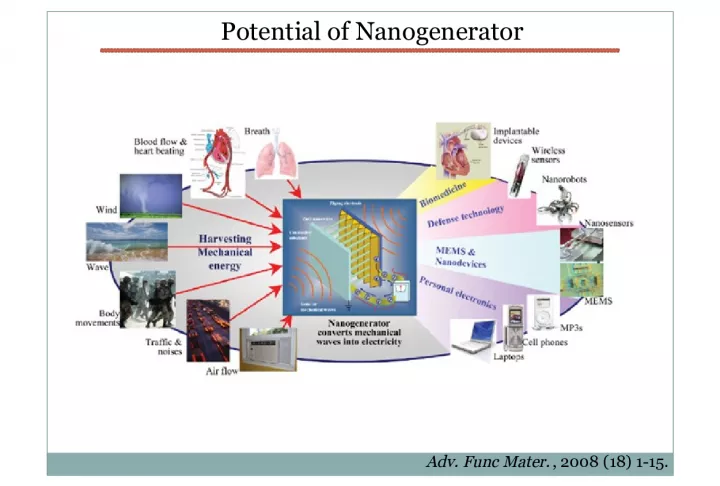

This article discusses the proof of principle of ZnO nanowires power generation triggered by an AFM tip and the controversy regarding the power generation mechanism. The article also examines the potential applications of nanogenerator technology.
- Uploaded on | 3 Views
-
 olive
olive
About Potential Applications of Nanogenerator Technology
PowerPoint presentation about 'Potential Applications of Nanogenerator Technology'. This presentation describes the topic on This article discusses the proof of principle of ZnO nanowires power generation triggered by an AFM tip and the controversy regarding the power generation mechanism. The article also examines the potential applications of nanogenerator technology.. The key topics included in this slideshow are nanogenerator, ZnO nanowires, AFM tip, power generation mechanism, potential applications,. Download this presentation absolutely free.
Presentation Transcript
1. Potential of Nanogenerator Adv. Func Mater. , 2008 (18) 1-15.
2. Outline Proof of principle of ZnO nanowires power generation triggered by an AFM tip (Wang et al, Science 2006) Nanoscale generator (Wang et al, Science 2007) and potential applications Controversy regarding the power generation mechanism
3. - n-type ZnO nanowire grown on Al 2 O 3 substrate - generating electricity by deforming NW with AFM tip Aligned ZnO NWs grown on Al 2 O 3 Science , 312 (2006) 242-246.
4. Output voltage from aligned ZnO nanowires Science , 312 (2006) 242-246. - Sharp output voltage - Peak corresponds to maximum deflection of NW Discharge occurs when tip contacts with compressed side
5. Electron affinity of ZnO: 4.5 eV Work function of Ag: 4.2 eV Work function of Pt: 6.1 eV V L =V m -V S Mechanism of ZnO Nanogenerator Transport is governed by metal-semiconductor Schottky barrier for PZ ZnO NW Science , 312 (2006) 242-246.
6. The difference of Ohmic and Schottky - No output signal form Al-In-coated Si tip (ohmic contact with ZnO NW) Adv. Func Mater. , 2008 (18) 1-15.
7. ZnO Nanogenerator structure Zig-Zag Pt coated Si electrode plays the role of an array of AFM tips Device embedded in a polymer protecting layer Schematic view and SEM images of the nanogenerator Nanogenerator immersed in an ultrasonic bath Direct-Current Nanogenerator Driven by Ultrasonic Waves Wang et al Science 2007, 316 p102
8. Power generation mechanisms Schematic view of the discharging mechanisms Equivalent circuit SEM cross-section view of the nanogenerator
9. Power generation Device size: 2mm 2 Power generated: 1pW Current, bias and resistance of the generator as a function of time Current generated as a function of time Estimated power per NW: 1-4 fW Power density after optimization (10 9 active NW per cm 2 ): 1-4 W/ cm 2
10. Applications: transistors and LED A generator providing 10 to 50nW is required to power such a cross NW FET a. Gate dependent IV characteristics of a cross NW FET b. SEM image of a cross NW junction, scale bar is 1m Huang Y. et al, Science 2001 284 p1313 Current and emission intensity of a carbon nanotubes film as a function of gate voltage (Vd was 1V) Chen J. et al, Science 2005, 310, p1171 W power level needed for a CNT LED
11. Applications: wireless sensors Energy Harvesting From Human and Machine Motion for Wireless Electronic Devices Mitcheson et al, proceedings of the IEEE, Vol 96, N.9, 2008 Sensor nodes (motes) applications: Structural monitoring of buildings Military tracking Personal tracking and record system (Health) Powering motes: Sensor 12W quiescent power ADC 1W for 8 bit sampling Transmitter 0.65W for 1kbps MEMS accelerometers already used for various applications Basic wireless sensor arrangement
12. Piezoelectric transducer for energy harvesting Mitcheson et al, proceedings of the IEEE, Vol 96, N.9, 2008 Test: 608 Hz resonant operation 1g acceleration 0.89V AC peakpeak generated 2.16 W power output Fang HB et al, Microelectronics Journal 37 (2006) 12801284
13. Electrostatic transducer for energy harvesting Assembled JFET Generates 100 W/cm 3 from a vibration source of 2.25 m/s 2 at 120 Hz electret: permanent charge buried in the dielectric layer SEM images of the generator integrated with a FET schematic view of a constant charge electrostatic transducer Mitcheson et al, proceedings of the IEEE, Vol 96, N.9, 2008 S. Roundy, P. K. Wright, and J. M. Rabaey, Energy Scavenging for Wireless Sensor Networks, 1st ed. Boston, MA: Kluwer Academic, 2003.
14. Argument against Wang Advanced Materials 20, 4021 (2008)
15. Origin of the piezoelectric voltage Strain displacive charge Displacive charge voltage For ideal insulator: Generation of piezoelectric charge can be considered equivalent to the generation of a potential Gosele et al. Adv. Mater. 20, 4021 (2008)
16. Model of ZnO Piezoelectric Generator For semiconducting ZnO: Gosele et al. Adv. Mater. 20, 4021 (2008) Load time constant R L = 500M C L > 5pF L ~ 1s Intrinsic time constant L ~ 10 -2 ps << <<
17. Rectification of a Schottky diode Gosele et al. Adv. Mater. 20, 4021 (2008) V ~ k B T/q ~ 25meV quasi-ohmic To get rectification: V >> V bi ~ 0.3-0.8V Wangs data: output ~ 10mV
18. Voltage argument Wang et als previous opinion: Piezoelectric voltage is 0.3V (calculation) High contact resistance leads to low output of 10 mV (experiment) Gosele et al ruled out the possibility of a high contact resistance Load resistor is 500 M no way for a contact resistance higher than 500 M Wang et al. Nano Lett. 7, 2499 (2007) Gosele et al. Adv. Mater. 20, 4021 (2008)
19. Voltage argument Wang et als new model: 10 mV: difference of Fermi levels 0.3V: real Schottky diode driving voltage If Wangs new model is true, 0.3V is still a small voltage to rectify the piezoelectric signal Wang et al. Adv. Mater. 20, 1 (2008) Wang et al. Nano Lett. 8, 328 (2008)
20. Unknowns behind the nanogenerator There is a lot of more work to be done I. Time constant II. Rectification The nanogenerator model ?

